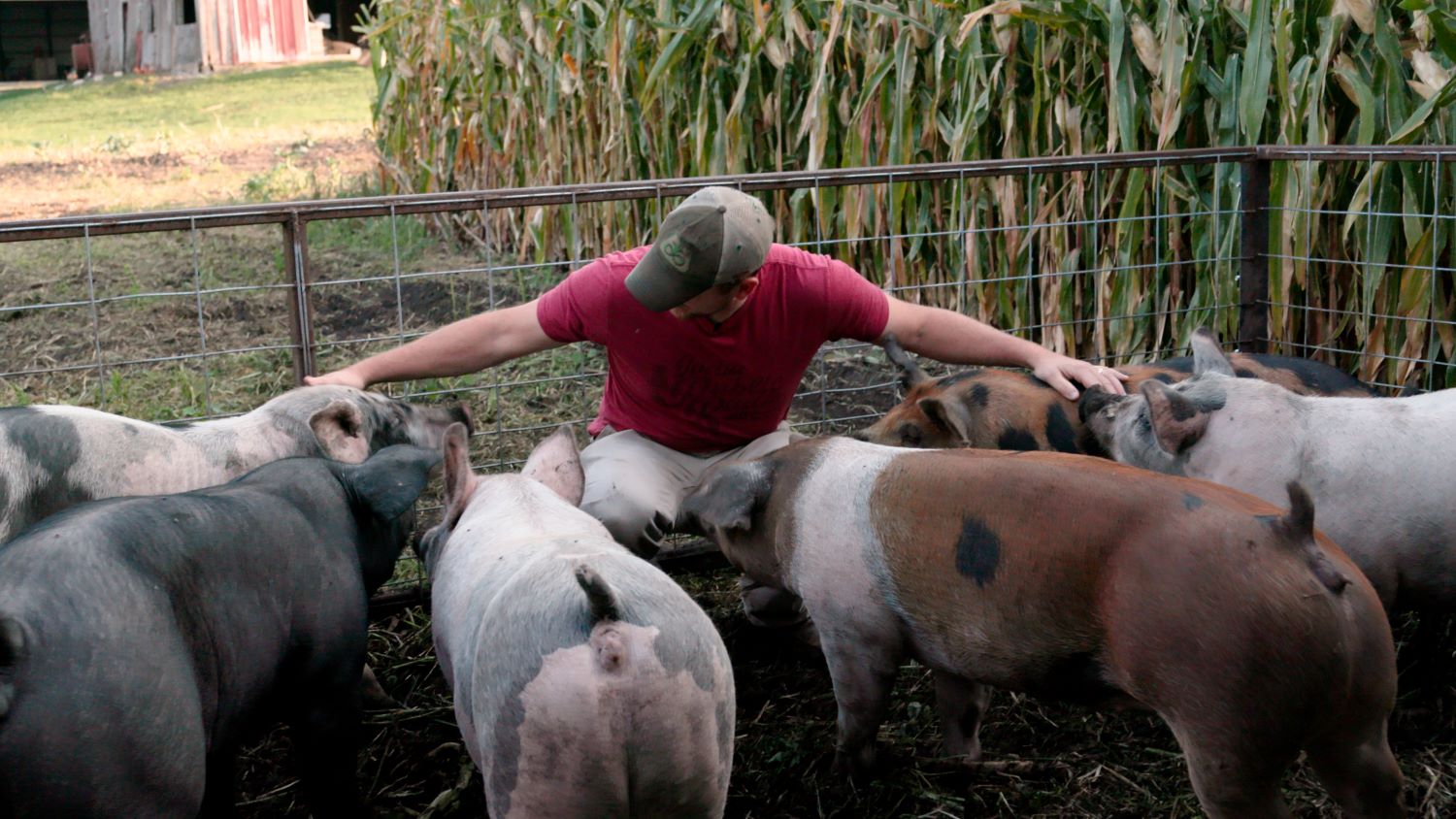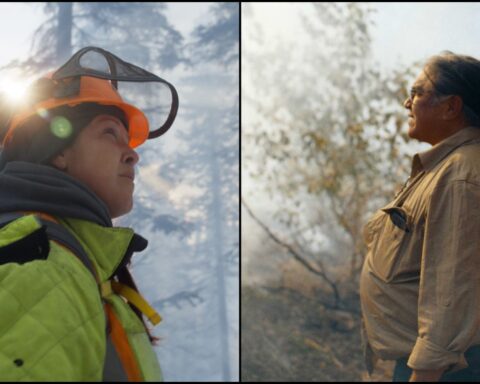Food, Inc. 2
(USA, 94 min.)
Dir. Robert Kenner and Melissa Robledo
Although documentary sequels pop up more frequently, they aren’t really supposed to exist by design. On one hand, a follow-up film offers an inherently commercial implication: The previous movie was a success, so someone’s cashing in. In documentary land, that’s a bit of a no-no. On other hand, picking up a story, to an extent, suggests a shortcoming on a doc’s impact: The first film didn’t quite inspire change, so they’re trying again. These relatively arbitrary characterizations don’t really apply to Food, Inc. 2, which follows the lead of its hit 2008 predecessor Food, Inc. and, in a surprise twist, may be the last documentary we see from the prolific Participant Media.
The first Food, Inc. did remarkably well and was arguably one title among a select few that helped popularize documentaries in the mid-to-late 2000s. It scored an Oscar nomination, won two Emmys, and drew nearly $5 million in box office sales. More significantly, Food, Inc. made an impact by raising awareness about the industrialization of food. It arguably did for organic and local farming what An Inconvenient Truth did for climate change a few years prior. A sequel isn’t a sign of failure in this case.
Now, after inspiring people to change how they eat, the Food, Inc. team looks to the industry. The fiascoes of the food industry are obviously at the heart of the first Food, Inc. However, the sequel acknowledges that the system is so broken that consumers can’t fix it alone. Every problem addressed in the first documentary has worsened with consolidation, intensification, globalization, and political polarization.
Moreover, directors Robert Kenner and Melissa Robledo see the COVID-19 pandemic as an alarm bell. Speaking with authors like Eric Schlosser and Michael Pollan, Senators Cory Booker and Jon Tester, and some of the many hands that touch Americans’ food on the way to tables, like farmers, migrant workers, and researchers, the filmmakers look at the industry in a period of innovation. People aren’t changing their ways of thinking about food—they’re changing what consumers actually consider food and healthy eating.
Food, Inc. 2 looks to the dire sight that so many people witnessed in early 2020. News footage shows the apocalyptic images of empty shelves and barren refrigerators in grocery stores. The recent memory of hoarding, food scarcity, and the challenges of lockdown life bring a chill.
But that chill quickly boils into anger. Food, Inc. 2 cuts to vérité shots of the food industry rigging the game of supply and demand. The doc tells of pigs euthanized en masse, milk dumped by the container, and perfectly fresh produce discarded. As Americans starved, lined-up at food banks, and panicked, agri-business purged supplies that could have fed millions.
At the same time, interviewees like Schlosser and Pollan tell how the food industry fuelled the spread of COVID. Insisting that production continue under the premise of feeding Americans, corporations like Tyson Foods kept slaughterhouse assembly lines running. Talking heads paint a situation in which employees had to carry on while spreading COVID-19 among the workforce and coughing onto raw meats prepared for sale.
Moreover, the talking heads share how corporations like Tyson inspired Donald Trump to sign an executive order to keep the food industry running under the Defense Production Act. The act intends to ensure that supply chains remain in order for purposes of national defense, but Food, Inc. 2 explains that Tyson and other companies were largely selling meats to foreign markets. In a nutshell, Americans literally died from COVID-19 so that corporations could keep money flowing to shareholders.
Such horror stories are merely an amuse-bouche in Food, Inc. 2. A sequence with Senator Booker opens the conversation to the problematic cycle of agricultural subsidies for crops like corn, which then become processed food made cheaply for consumers. The film tackles the increasingly troubling reality that it’s cheaper to eat poorly than it is to eat healthy. These arguments are at the heart of the original documentary, but Booker’s sequence shows some of the institutional efforts to correct the industry and how communities are leading the change with an emphasis on farm-to-table menus and farmers markets. But the film makes a clear point that these food subsidies only benefit corporations, as everyday Americans pay to subsidize food that leads to health problems and diabetes. They then foot the medical bills that arise when processed foods take their toll on their bodies.
The documentary explores other perilous aspects of agri-business, like the environmental impact of cattle, particularly as the industry shifts from states like Iowa, whose rich soil offers ideal terrain for grazing, to desert states like Arizona, where grass for grazing requires intensive water extraction from aquafers. The film illustrates how, quite literally, the business of food reshapes ecosystems that, by nature’s design, should be self-sustaining.
The approach, refreshingly, isn’t all doom and gloom. While the effort is akin to a reheated meal, it’s been nearly 15 years since the first Food, Inc. and this team knows one reliable facet of environmental documentaries: fearmongering doesn’t work. Instead, Kenner and Robledo consider innovations in the food industry. Breakthroughs in synthetic meats, like the Impossible Burger, demonstrate how consumers don’t necessarily need to give up the pleasures associated with eating meat. The team tours labs and speaks with scientists who share how they perfect the ideal substitutes that look, feel, and (sort of) taste like beef, chicken, and fish. These options, Food, Inc. 2 shows, may help the environmental impact of the meat industry. But they might also bring their own consequences. The long-term effects of mixing wood pulp with unpronounceable ingredients are relatively unknown.
Food, Inc. 2 offers something of a weird and uncomfortable note of optimism by finding hope in food innovation. Audiences might find it hard to swallow the idea that change is more likely to occur by revising their definition of food than by pressuring corporations to adopt sustainable practices. However, as the world reimagines a new normal in the aftermath of COVID, conventional hope doesn’t cut it. Such a sentiment may be cynical, but corporations’ refusal to learn and evolve informs this film in the wake of its original. Corporate greed tastes bitter. Food, Inc. 2 leaves audiences with the message that any of the alternatives should be more palatable. It’s provocative food for thought.














